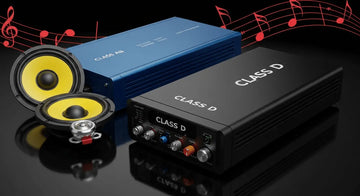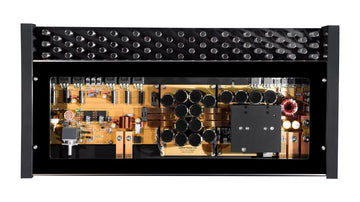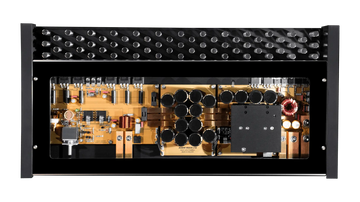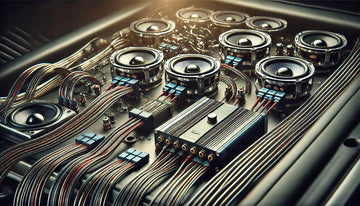Monoblock Amplifier
Featured Products
Wavtech Link5001Mini
US Acoustics Mike 1500w Monoblock Amplifier
Image Dynamics SQ600.1D 600W Mono Block Amplifier
Wavtech link1000.1mini 1000w monoblock amplifier
Triton Audio NS12001 1200w Monoblock Class D Amplifier
Image Dynamics SQ1200.1D 1200W Mono Block Amplifier
Crescendo REVOLUTION 3A1 1 channel Amplifier
US Acoustics Big Ben 3500w Monoblock Amplifier
US Acoustics Nick 2500w Monoblock Amplifier
Wavtech Link1500.1plus Amplifier - Compact 1500W Monoblock
Crescendo REVOLUTION 5A1 1 Channel Amplifier
US Acoustics Tony 6000w Monoblock Amplifier
Kicker Warhorse WXA3600.1 Monoblock Subwoofer Amplifier
US Acoustics Phil 8000w Monoblock Amplifier
Audio Wave Excel Monoblock | Full Range Class AB 1 channel Amplifier
Audio Wave CR-30X - Class A Monoblock Amplifier
All products loaded
What a Monoblock Amplifier Is Designed to Do
A monoblock amplifier powers subwoofers using a single channel. It delivers focused low-frequency output. It provides steady power during heavy bass playback. It improves control and impact. It is built specifically for subwoofer performance.
Strong and Controlled Bass Output
Monoblock amplifiers produce clean bass at higher volume levels. They reduce distortion during deep bass notes. They keep subwoofer movement controlled. They deliver consistent low-end response. They improve overall bass clarity.
Designed for Subwoofer Applications
These amplifiers are built to handle low-frequency loads. They work well with single or multiple subwoofers. They support common impedance options. They integrate easily into most systems. They are ideal for bass-focused builds.
Improves System Balance and Efficiency
Using a dedicated monoblock removes bass load from full-range amplifiers. This helps mids and highs stay clear. It reduces strain on other components. It improves overall system efficiency. It creates a more balanced sound.
Reliable Power for Daily Driving
Monoblock amplifiers are built to handle heat and vibration. They remain stable during long listening sessions. They perform consistently in real driving conditions. They support many music styles. They deliver dependable daily performance.
A Core Upgrade for Better Bass Performance
Adding a monoblock amplifier improves bass output immediately. It helps subwoofers reach their full potential. It provides headroom for future upgrades. It strengthens the low-end foundation of the system. It delivers noticeable improvement in bass response.
Related Collections
Monoblock Amplifier
Frequently Asked Questions
What is a MonoBlock car amplifier?
Can I use a monoblock amp for all speakers?
Can a monoblock amp power two subs?
Are monoblock amps better for sound?
What are the benefits of monoblock?
Related Articles

Class AB vs Class D Amplifiers: Which One Should You Choose?

The Best Class A Amplifier: Key Features and Benefits Explained

Class A Car Amplifiers: The Gold Standard in Sound Quality




















